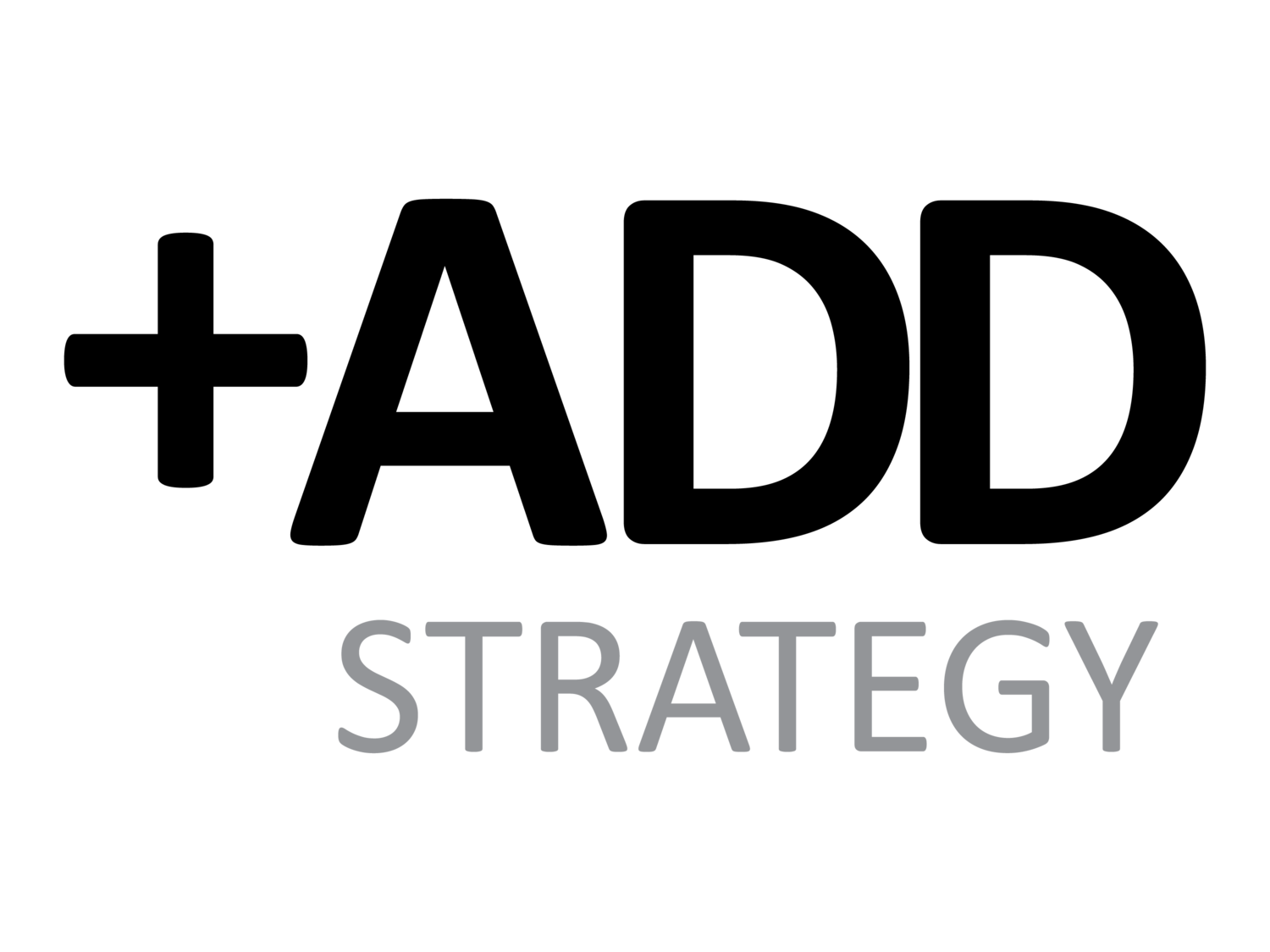Targeting low hanging fruit
Its a good idea to start applying new methods of co-design and contemporary open innovation practice to well understood challenges. This enhances early engagement and buy in.
Be aware the success or failure of these early projects, regardless of ideology will practically impact on the broader adoption of new innovation thinking. Given this select challenges with a ‘solve’ flavour and those likely to establish tangible and demonstrable outcomes. You can work on the broader abstract, riskier, super-complex challenges later on as you build active community.
Focus on creating friction-less systems
Slow, complex committee based processes for prioritising agenda’s and selecting supported projects is the norm. There is often reticence to give these up as tight control is a lever for early senior leadership approval/ release of resources.
While dictating focus aligned with key strategic measures is sensible in early stages of culture transformation, helping operational manager prioritise their own challenges and select initiatives within a ‘priority framework’ is more effective.
Friction-less systems are essential to innovators and stakeholders being supported, enabling simplified processes and pace. Needless to say it’s easier said than done ... building confidence in self-regulated, evidence-based innovation pipelines takes time. This can be achieved through introduction of standardised tools for defining priority projects with objectivity and mapping progress.
Buying ‘off the shelf’ systems in NOT job done!
Developing a clear end to end framework for engaging staff, stakeholders and supply chain from ideas management to implementation does not often work out to a magic funnel as pitched to the board on day one.
Innovation flows typically evolve from early plans, the refined formula for streamlining decisions, releasing resources, and managing performance often emerging through ‘learning by doing’.
Using an online tool to create a central point of focus and engagement is not essential but works well in many organisations. Its important to personalise the deployment in line with culture and practical resources to maintain content and inertia. There are a range of tools to choose from and selecting the right platform can be a little overwhelming. They key is not to be persuaded by complexity but look for relevant reference case studies in terms of culture impacts and sustained adoption and commitment.
Avoid adoption and commercialisation fails with foresight
Later stages of the innovation pipeline are often misunderstood...adoption of ideas and progressing ‘projects’ is often misunderstood. For example absorption of new early stage ideas into broader digital transformation projects can mean, distortion, misinterpretation, sidelining and death!
Sustaining commitment to mature ideas into viable solutions is the ‘chasm of death’ in corporate environments….why …because many organisations are constrained by a host of factors:
Limited ‘innovation’ staff capacity and remit
No ‘mirrored’ innovation time or resources budget in operational teams
Misunderstanding - considering front end innovation to be the goal in itself
Considering ‘handing over ideas’ to operations to be the end of the innovation process
There are a host of mechanisms that can be put in place early to ensure good ideas are realised, not least establishing responsibility and commitments formally for operational management. Beyond this enabling departments and teams to be enterprising and to pitch for resources from both the corporation, advisory community and supply chain.
Collaboration for innovation is NOT ‘business as usual’
In practical terms working with suppliers (both new and existing) is essential. The process of making developments are practical and deploy-able means these parties often have to commit resources to the cause.
In innovation practice, beyond the ‘glamourvation’ of high profile open innovation events, sprints and hacks…practical mechanisms that build focused engagement with shared ambition are essential.
These are diverse and range from simple exploratory R&D projects to scale innovation partnerships . Essential to the mix are the creative SME/ enterprise communities. These are typically seen as hard audiences to engage with by corporations due to associated risks of engagement in supply contracts, especially those which are experimental in nature.
New processes that align with procurement rules but enable co-development of ideas into solutions are essential to de-risking experimentation, creating, co-designing and resourcing applicable solutions.
This does NOT mean ‘innovation competitions’, generalised open innovation calls (scouting), brick and mortar ‘innovation hubs’ or misplaced enterprise incubators.
In practical terms this means redeveloping policies and establishing processes for extended innovation engagement such as discrete innovation programmes with procured community, innovation partnerships and more broadly innovation acceleration in supply chain.






